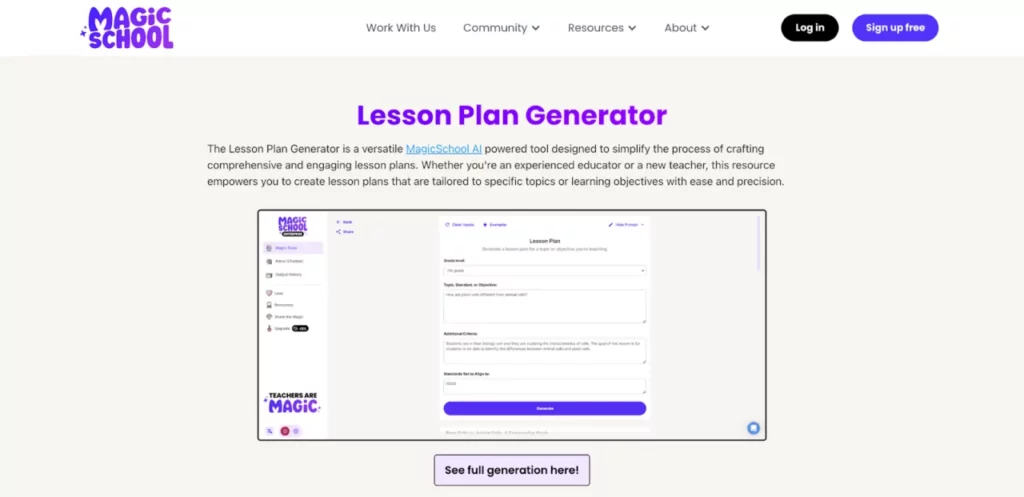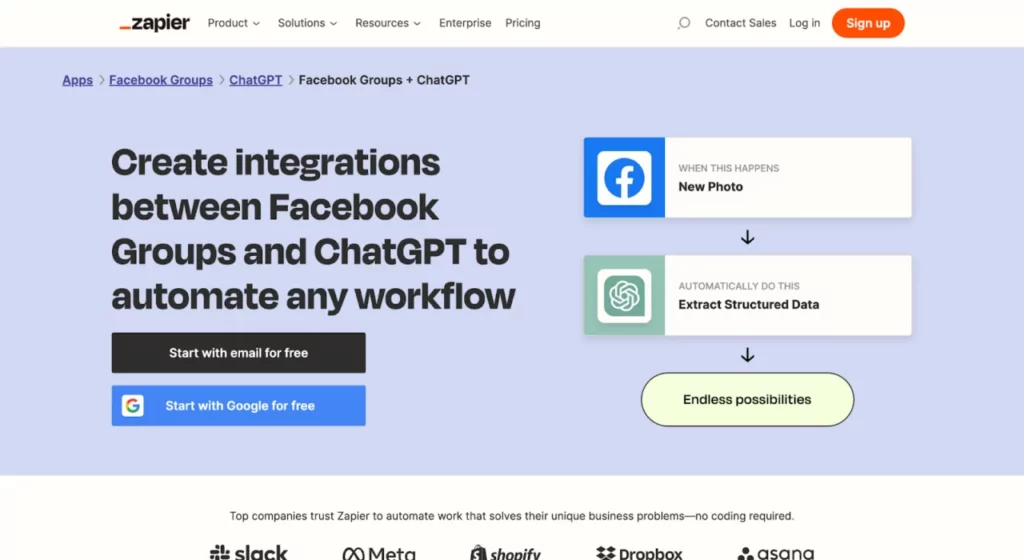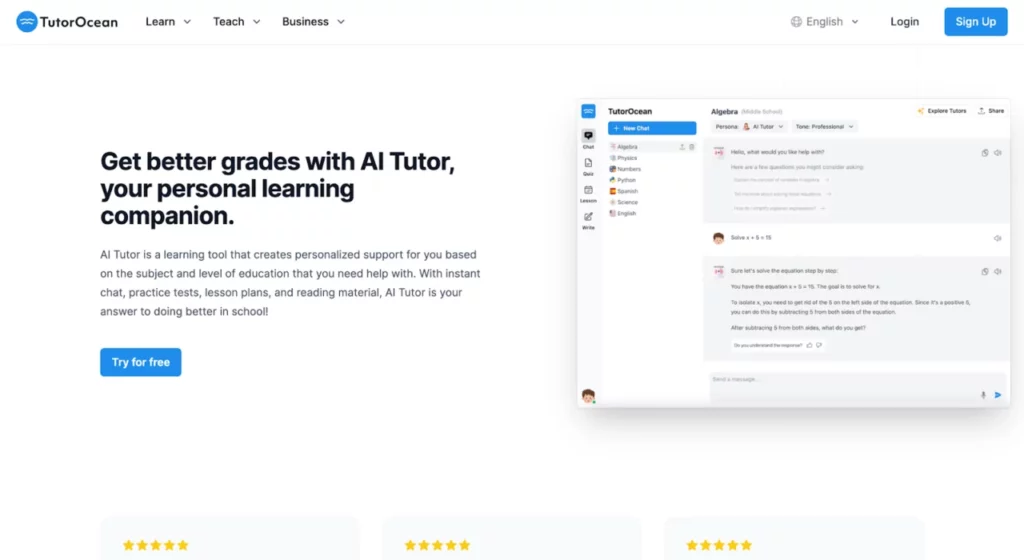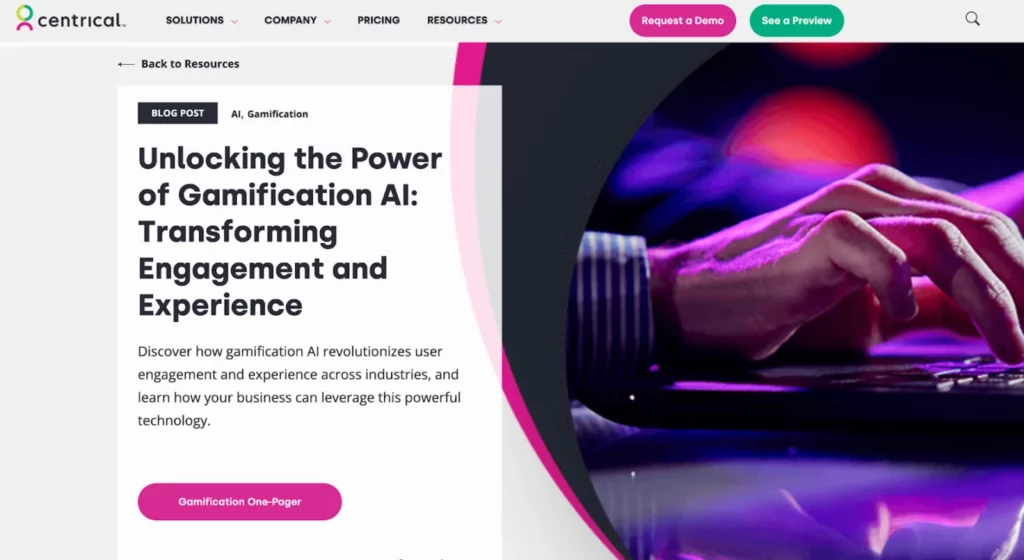AI (artificial intelligence) has infiltrated all aspects of our lives, including education. Naturally, as the technology advances and continues to seep into human workflows, people wonder: what is the role of AI in education?
AI in education has the potential to revolutionize the way we learn and teach, from student engagement to teaching styles. In this article, we’ll outline a few of the many ways AI is being used in education, share some of the best tools for this use case, and explore its positive (and negative) impact.
Skip ahead:
- What is AI?
- 6 ways you can use AI in education online
- What does the future of AI in Education Look Like
What is AI?
Putting headline hype aside, understanding what AI is is at the heart of understanding the role of AI in education—so let’s start there.
AI refers to a “machine’s” ability to mimic human intelligence.
Alternatively, AI may sometimes be called machine intelligence, reflecting AI’s human-like intelligent ability to process new information and solve problems.
Take a look under the hood of text-based AI like ChatGPT or Google’s Bard, and you’ll find an impressive mathematical machine. In these cases, AI is constructed using large language models (LLMs) in these cases.
These LLMs function like a human brain, processing large chunks of data, including books, videos, blog posts, and all other digital content floating across the web. The goal is for the LLM to analyze this data looking for predictable patterns so it can use those patterns as rules to predict text in its output. But, not all AI is text-based.
As of 2024, AI is everywhere—from “Hey Siri” to image generation, web design, and even tools like Canva. So, let’s pivot to look at AI in an educational context, exploring ways you can use AI in online education.
6 ways you can use AI in education online
There are so many ways AI can help students, from identifying early signs of struggle to creating a more interactive and personalized learning plan. Here are six ways it can positively impact education.
1. Product generation

Online education is an industry that has monetized the service of learning, and at the core of that industry lies digital products. The Leap is a new digital platform that helps online creators monetize their knowledge by selling online education and more.
This AI tool can generate comprehensive outlines for digital guides, coaching sessions, tutorials, ebooks, mini-courses, and more. From there, you fill in the gaps using your own expert knowledge, creating a one-of-a-kind asset that can drive leaders or generate revenue—you get to decide.
The beauty of AI product generation is that it saves you time. As you’ll see in most AI use cases, time savings are what make AI so valuable; saving 15 hours in ebook creation means you can spend that time elsewhere.
2. Personalized learning

Magic School AI generates lesson plans in seconds. While it’s designed for in-classroom educators, this tool can benefit educators of all kinds.
After feeding the generator a topic and giving it some context, you’ll receive a well-developed lesson plan complete with an:
- Objective
- Assessment
- Guided practice
- Individual practice
- Homework
- Opening and closing
Because the platform is designed for traditional, schoolroom teachers, it asks for standards and grade level. We recommend using “U.S.” in place of standards, and selecting a grade level between 8 and 12. Writers often target an 8th grade reading level when creating content and copy, so this grade level should prompt a similar level of content in your lesson.
By using a tool like this for online education, you’ll save the time you would normally use in this initial planning phase. You can reallocate that time to creating more content for smaller segments of your audience or fo diving deeper into areas you wouldn’t have been able to cover otherwise.
3. Customized feedback

Zapier is an industry-leading platform designed to connect two different entities online. Think of it like that one friend who seems to know all the right people. They help you by connecting you with their contacts. Where AI comes in is, no surprise, in one of these integrations.
Learning communities are extremely important in online education. At a minimum, students expect to learn valuable information in a course. But by developing an exclusive online community, you help them build a helpful network, problem-solve, and learn collaboratively, all within your learning environment.
Unfortunately, managing these learning communities can be a huge challenge for educators with little time on their hands. Zapier helps by connecting ChatGPT with Facebook. So, even if you aren’t comfortable having ChatGPT auto-respond to group posts on Facebook, you can still have it generate a response privately, helping you engage with your students more efficiently when you’re ready.
4. Tutoring

Sometimes, students need extra help, and AI tools like Tutor Ocean allow you access to on-demand tutoring without an actual in-person or live Zoom tutoring session. Because AI uses algorithms to adapt, it can quickly shift to cover the areas where students need the most support.
Much like a human tutor would adapt to a student’s learning abilities, AI tutoring systems are quite sophisticated. They can focus on areas of strength and improvement to deepen individual students’ education.
AI-based tutoring technology’s major advantage is its ability to help students understand complicated, sophisticated terms and concepts on a mass scale.
5. Predictive analysis
An emerging area of AI in education is predictive analytics. Predictive analytics refers to AI’s ability to analyze data and predict which students may struggle more than others and where.
Whether you’re an online creator or an in-person educator, predictive analytics in an educational context means you can spend less time reviewing assessments and more time supporting those who need it most.
Ultimately, early intervention means students who may have otherwise “failed” now have the opportunity to become successful students.
For online education businesses, this means happy customers; for classroom teachers, this means better report cards.
6. AI-Powered gamification

One way AI is used in education is to enhance teaching methods. And one of our favorite techniques is incorporating gamification. Centrical was created specifically for digital gamification. While it’s made for employers and their employees, it’s ultimately designed to engage online learners of all kinds.
By leveraging the power of AI and gamification, online educators can create a more engaging learning environment, personalize learning pathways faster, and adapt to student segments quickly.
What does the future of AI in Education Look Like?
AI might be in the early stages of education, but its potential and impact on transforming the future of learning are huge.
Like any new technology, it is not without its challenges. For example, the potential for biases to shine through when relying on an algorithm is a common concern—and something AI experts are working to resolve.
Another challenge? Ongoing training for educators on how to use and incorporate AI into their teaching. As technology changes at lightning speed, it’s difficult for busy professionals to learn and adapt to the never-ending development cycle.
As course creators, there are many advantages to AI when it comes to developing your learning materials, including quickly developing new courses, creating templates, and creating engaging and interactive material for your students.
Interested in learning more about what’s up and coming for the learning industry?
Check out the 2024 trends report here!
This post was originally published in April 2023. It was updated in April 2024 with more information.





